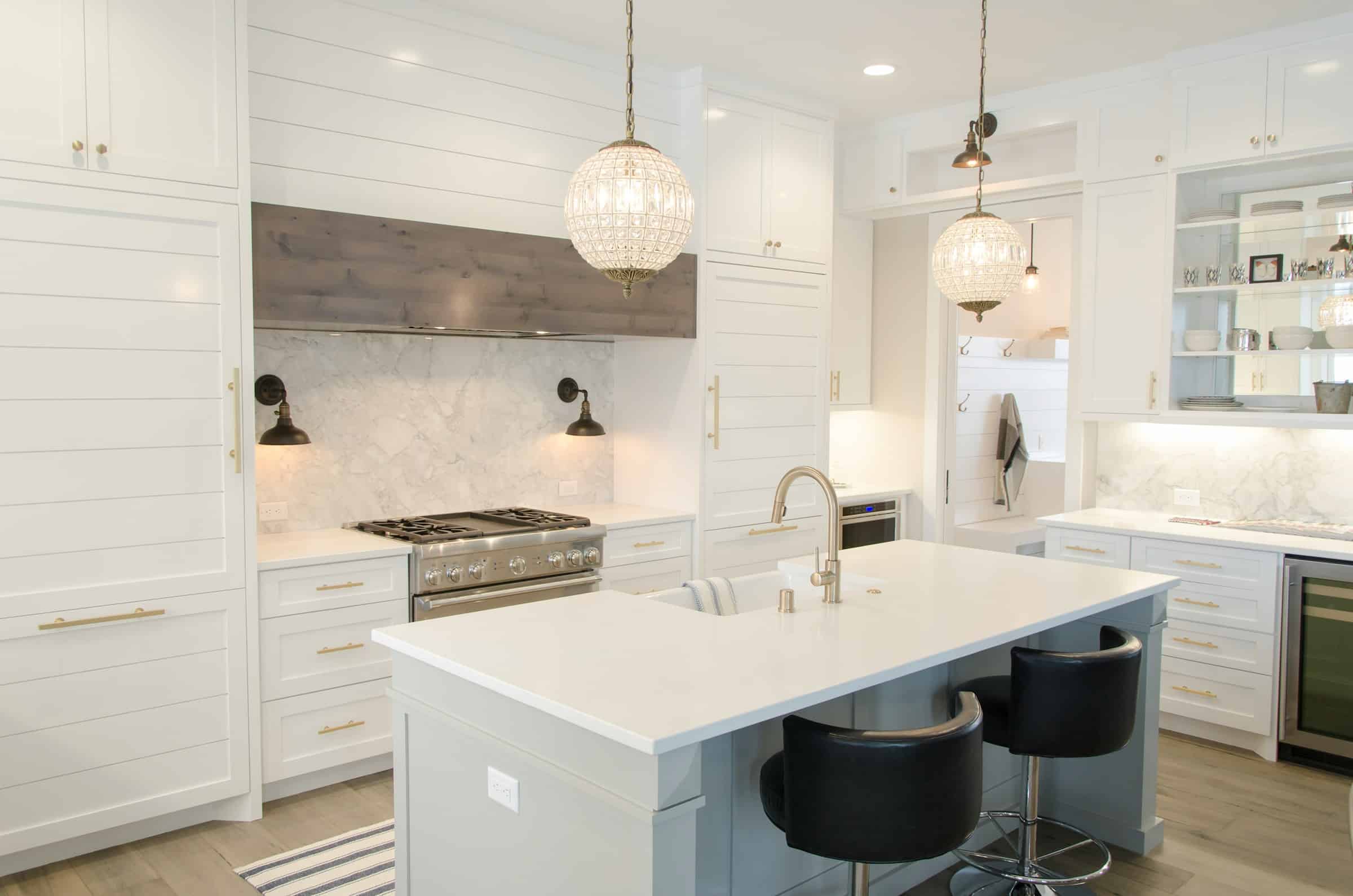What Are the Best Solar Panel Options for a Small Roof in a Cloudy Region?

Even in regions where the sun doesn’t shine as brightly or as often, solar panels can still be an excellent source of energy. Even on a small roof, you can harness the power of the sun to generate electricity, and contribute to a healthier environment. In fact, with the right solar panel technology, you can achieve a substantial amount of power production from a limited area and in a less sunny climate. You might be asking, "What are the best solar panel options for a small roof in a cloudy region?" Let’s explore this together.
Solar Energy: Even in Cloudy Regions
You might be under the impression that solar panels need constant, direct sunlight to produce electricity. This is a common misconception. Most modern solar panels can still operate efficiently in cloudy conditions.
A lire en complément : How to Plan a Water Harvesting Landscape for a Dry Climate Backyard?
Photovoltaic cells, the core components of solar panels, generate power by absorbing sunlight. During cloudy days, there is less sunlight, but that doesn’t mean there is none. While efficiency might be reduced, production doesn’t come to a halt.
Today, numerous companies have developed solar panel models that are specifically designed to maximize power production in less than optimal sunlight conditions. They use advanced cell designs and materials to capture as much light as possible.
A lire aussi : What’s the Best Approach for a Self-Sufficient Kitchen Garden in a Semi-Detached Urban Home?
Cutting Edge Solar Panel Technologies
There are several types of solar panels available on the market that are suited for smaller roofs and effective in cloudy regions. These include Monocrystalline panels, Polycrystalline panels, and Thin-Film panels.
Monocrystalline panels are among the most efficient solar panels on the market. Made up of a single crystal structure, they can yield high power output and occupy less space compared to other types. This makes them ideal for smaller roofs.
Polycrystalline panels are made up of multiple crystal structures, which makes them less efficient than their monocrystalline counterparts, but they are generally less expensive.
Thin-Film panels, as the name implies, are very thin and lightweight. These panels are less efficient but can perform better than other types under less light.
Best Solar Panels for Small Roofs in Cloudy Regions
While there are multiple options available, some solar panels stand out for their performance under cloudy conditions, even when installed on a smaller roof. Here are some of the best options:
SunPower’s Maxeon 3 Panels: SunPower is one of the leading companies in the solar industry, and their Maxeon 3 Panels are renowned for their high efficiency and excellent performance in low light conditions. They are also compact, making them a great choice for smaller roofs.
LG’s NeON 2 Panels: This panel model from LG has been designed with cloudy climates in mind. It utilizes a unique cell structure that helps capture sunlight even on overcast days. Plus, its relatively small size makes it a suitable option for roofs with limited space.
Planning Your Solar Panel Installation
Choosing the right solar panels is only part of the equation. The way you plan your solar panel installation can also greatly impact the overall efficiency of the system.
Working with a professional installer can help you make the most of your small roof space. They can assess your property and design an installation plan that maximizes sunlight exposure. Even in cloudy regions, the direction and angle at which your panels are installed can make a significant difference in their power production.
Additionally, you’ll want to consider local regulations and incentives. Many regions offer tax credits or other incentives for installing solar panels, which can help offset the initial investment.
While the process of selecting and installing solar panels may seem daunting, it’s an investment that will pay off in years to come. Not only will you be generating your own clean, renewable electricity, but you’ll also be contributing to a healthier planet. So next time you look at your small roof on a cloudy day, remember – it’s a potential powerhouse.
The Most Efficient Solar Panels for Cloudy Weather
When it comes to harnessing solar power on cloudy days, efficiency is the key. The most efficient solar panels can squeeze out as much energy as possible from the available light, maximizing your power production even in less than ideal conditions.
SunPower’s Maxeon 3 Panels and LG’s NeON 2 Panels are the cream of the crop in this regard. However, other models also excel in cloudy weather. For instance, Panasonic’s HIT panels and the Q.PEAK DUO-G5 from Q CELLS are also noteworthy for their efficiency ratings.
Panasonic’s HIT Panels utilize a unique heterojunction cell design to capture sunlight more effectively. As a result, these panels can perform up to 44% better than conventional panels under low light conditions.
Q CELLS Q.PEAK DUO-G5 panels employ cutting-edge Q.ANTUM DUO Technology. This combines advanced cell interconnection and innovative wiring to achieve outstanding performance on cloudy days.
Keep in mind that panel efficiency alone doesn’t determine the overall performance of your solar system. Other factors, such as installation quality and panel orientation, can also significantly impact your energy production.
Conclusion: Solar Panels in Cloudy Regions
The cloudy days might seem like a dampener to your solar energy dreams, but they need not be. With the right solar panels and a well-planned installation, you can maximize energy production from your small roof, even in less sunny climates.
While solar panels like SunPower’s Maxeon 3, LG’s NeON 2, Panasonic’s HIT, and Q CELLS’ Q.PEAK DUO-G5 are among the best solar options for small roofs in cloudy regions, it’s essential to work with experienced installers who can optimize your solar system’s layout to seize every bit of sunlight.
Additionally, taking advantage of local incentives can make the investment in solar power more affordable. With these factors in mind, you can turn your small roof into an efficient, environmentally-friendly power station, even if the sun doesn’t always shine bright.
In conclusion, living in a less sunny area or having a small roof shouldn’t deter you from going solar. Contemporary solar technologies and innovative solar companies have made it possible to harness solar energy pretty much anywhere. Remember, every bit of solar power you generate not only reduces your electricity bill but also contributes to a healthier planet. So, let the power of the sun shine on your roof, no matter its size or the weather.
